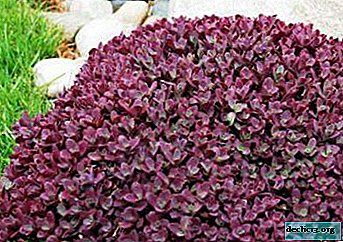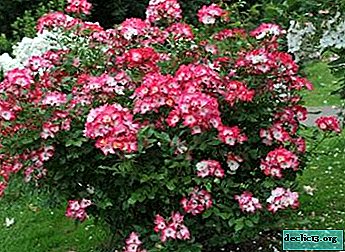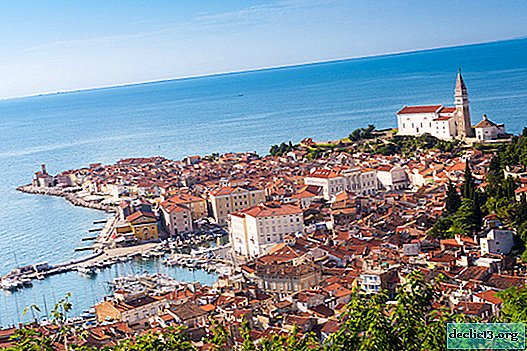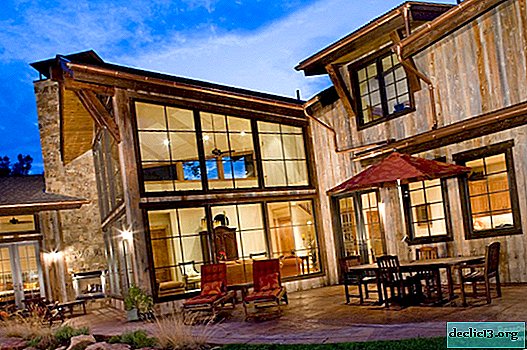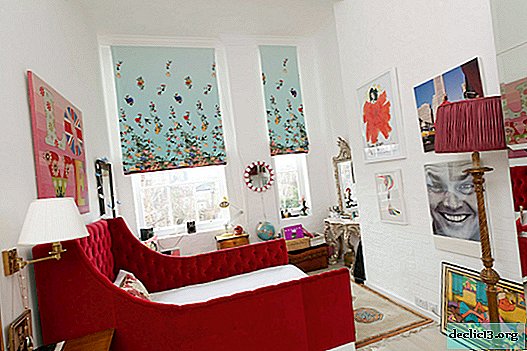Antique Stucco
Under the term "plaster" usually comes up the idea that: "Well, this is the kind of material that patches different, not very even walls, patch up cracks, joints, and other defects." But if you add dye to the material, we get a unique and beautiful version of the modern decoration of the room. Today there is a large selection of a wide variety of decorative plasters. If you are interested in the nuances and photos of each type - here you are. But today we’ll talk about such a variety as antique stucco.
Such plaster got its corresponding name because of its rough and slightly worn appearance. Thanks to latex (which is part of it) and a special application technique, the material slightly acquires a light shade in places with the greatest friction. It is worth noting that this finish option looks very noble.
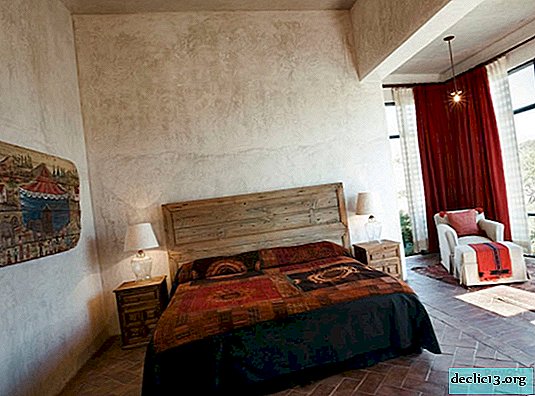









Antique plaster can be used not only for interior work, but also for facade decoration (Venetian plaster, for example, does not know how). Material is available in banks of 4 or 5 liters. It is applied to the primed surface and after drying forms a special film, which has good resistance to mechanical stress. Moreover, the plaster does not contain toxic substances and is not flammable.
Advantages of antique stucco:
- can be used in wet rooms;
- can be used both for interior work and for facade decoration;
- it is washed by any washing means in which there are no solvents (water, soap solution, etc.);
- Does not burn without toxic substances.
- has high strength (mechanical stress, bad weather conditions, abrasion, etc.);
Antique plastering technology
The material is applied in a circular motion with a long-nap brush. And in places where it will be pressed most of all, the effect of "attrition" is formed.
- To get started, you need to prepare a work surface. The wall should be relatively smooth, clean and always dry, without pronounced dents, cracks and other defects. To do this, you can apply one coat of a special primer that dries in 4 hours. Read more about the types of primers here.
- Then, using a long-brushed brush, the solution is applied on the surface in a circular motion. If desired, you can apply a second layer of a different shade.
- Next, wait until the material dries (from 6 to 12 hours). Then we take a sponge or small sandpaper and slightly clean the surface. And to give a radiant and smooth look, you can apply a layer of shiny wax. In fact, there is nothing difficult in such work and no special knowledge is required. Good luck to you!

